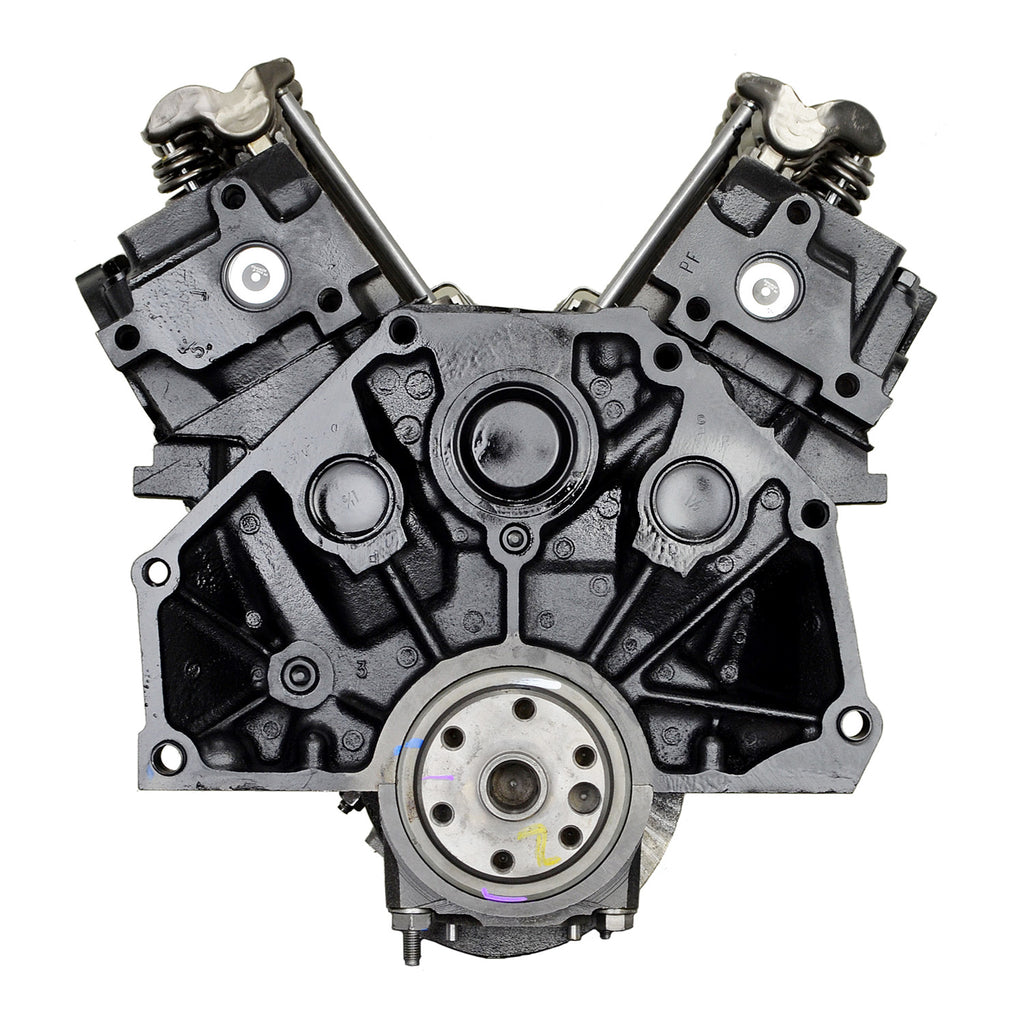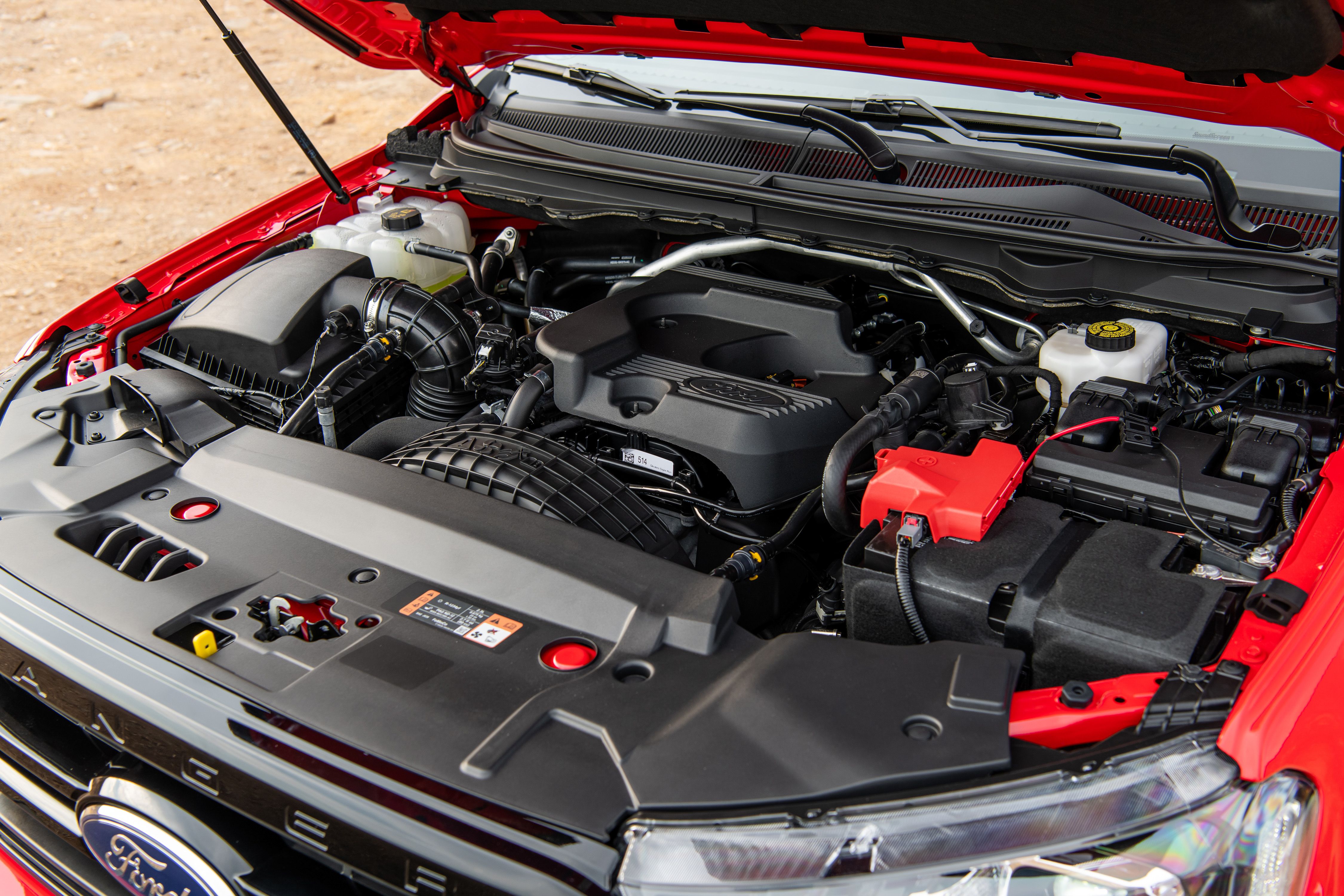Recognizing the Essentials of Car Engines: Functions, kinds, and features

Review of Cars And Truck Engines
A vehicle engine works as the heart of a lorry, transforming gas into mechanical energy to thrust it forward. This detailed system comprises various components that operate in unison to ensure ideal performance and effectiveness. The fundamental operation of a vehicle engine involves the inner combustion procedure, where fuel and air are mixed, stired up, and gotten rid of to create power.
The engine's layout can considerably impact its performance, fuel effectiveness, and exhausts. Key parts consist of the cyndrical tube block, pistons, crankshaft, and camshaft, each playing a crucial function in the engine's overall function.
Along with these elements, engines commonly utilize various systems such as gas shot, ignition, and cooling down systems to boost efficiency and longevity. Understanding the fundamental auto mechanics of car engines is essential for performing and diagnosing issues upkeep, eventually adding to the car's integrity and effectiveness over time.

Kinds of Car Engines
Cars and truck engines can be categorized into several types based upon their layout, fuel type, and functional concepts. 2.2 ford ranger engine. One of the most typical classifications consist of internal burning engines (ICE), electrical engines, and crossbreed engines
Interior combustion engines, which can be more split into gas and diesel motor, run by stiring up a fuel-air mix to create power. Gasoline engines are usually lighter and smoother, while diesel engines are a lot more fuel-efficient and deal higher torque.
Electric engines use electric energy saved in batteries to power an electrical motor, offering instantaneous torque and no exhausts during operation. As technology advances, electrical vehicles (EVs) are progressively coming to be prominent for their ecological advantages and reduced running expenses.
Hybrid engines incorporate aspects of both inner combustion and electrical engines, enabling adaptable power sources and improved gas efficiency. They can run in different settings, utilizing either the gas engine, the electrical motor, or both simultaneously.
Each kind of engine has distinctive advantages and downsides, influencing their application in various vehicle kinds and market sectors, from small cars and trucks to sturdy trucks. Understanding these types is crucial for making educated choices regarding automobile selection and performance expectations.
Engine Features Described
Comprehending engine functions is critical for realizing just how automobiles run effectively. At the core of any kind of internal combustion engine lies the fundamental procedure of transforming gas into mechanical energy. This process starts with the intake stroke, where air and gas are drawn into the combustion chamber. Following this, the compression stroke compresses the air-fuel mix, boosting its temperature level and pressure.
The ignition happens next, igniting the blend and producing a quick development of gases. This pressure drives the piston down throughout the power stroke, which inevitably equates right into the rotational movement of the crankshaft. The exhaust stroke after that removes the spent gases from the chamber, making method for a brand-new cycle to commence.
In addition to these primary functions, engines likewise incorporate systems that take care of cooling and lubrication, making sure optimal operational temperatures and reducing rubbing in between relocating components. This detailed interaction of features enables the engine to create the power required for lorry propulsion while maintaining effectiveness and integrity. Comprehending these functions offers valuable understanding into the intricacies of auto engineering and improves the capability to diagnose and deal with engine-related issues effectively.
Key Engine Features
Engine layout includes several key attributes that dramatically influence performance, performance, and home longevity. One of the most crucial facets is the engine setup, that includes inline, V-type, and flat styles. Each arrangement impacts the engine's dimension, power, and equilibrium outcome, thus affecting overall lorry dynamics.
One more essential function is the engine variation, describing the total quantity of all cyndrical tubes. Bigger displacements commonly generate even more power yet might compromise gas efficiency. Engine products additionally play a critical duty; high-strength and light-weight materials, such as aluminum and magnesium alloys, enhance efficiency without including excessive weight.
The type of fuel injection system used-- such as multi-port or direct shot-- impacts burning performance and emissions. Supercharging and turbocharging are features that increase engine efficiency forcibly additional air right into the combustion chamber, increasing power outcome without significantly enhancing engine size.
Finally, the existence of sophisticated engine administration systems optimizes fuel-air mixture and ignition timing, adding to smoother procedure and much better fuel economic climate. Collectively, these features specify an engine's abilities, establishing the foundation for its performance and durability in a competitive dig this auto landscape.
Upkeep Tips for Engines
Correct engine upkeep is crucial for making sure optimal efficiency and long life, as disregarding regular treatment can result in substantial problems down the line. To keep your engine efficiently, start with normal oil changes, typically every 3,000 to 7,500 miles, relying on the sort of oil used. Fresh oil lubricates engine elements, minimizing rubbing and wear.
Furthermore, keeping track of coolant levels is crucial to prevent overheating. Ensure that the coolant is topped up and is in great condition to preserve efficient temperature policy. Routinely replace and check air and fuel filters, as clogged up filters can prevent air movement and fuel shipment, jeopardizing engine effectiveness.
Moreover, focus on stimulate plugs and ignition systems. Worn or faulty ignition system can cause misfiring and decreased performance. Examining the battery terminals and links for corrosion is also vital, as a weak battery can affect engine starting.

Verdict
In summary, an extensive understanding of vehicle engines encompasses different types, functions, and vital features that substantially affect vehicle efficiency. Internal combustion engines, along with hybrid and electrical alternatives, show varied devices for energy conversion. 2.2 ford ranger engine. Acknowledging the essential functions, such as consumption and exhaust cycles, along with essential engine functions like configuration and fuel shot systems, visit the website gears up vehicle owners with the knowledge essential for effective maintenance and operation, inevitably boosting car longevity and efficiency
A car engine offers as the heart of a lorry, transforming fuel into mechanical energy to propel it onward. The essential procedure of a vehicle engine entails the interior combustion process, where fuel and air are blended, sparked, and expelled to produce power.
On a regular basis evaluate and change air and fuel filters, as clogged up filters can hinder airflow and gas shipment, compromising engine performance. - 2.2 ford ranger engine
In summary, a detailed understanding of vehicle engines encompasses different types, features, and crucial features that significantly influence vehicle efficiency. Acknowledging the essential features, such as consumption and exhaust cycles, along with critical engine features like setup and gas injection systems, gears up cars and truck owners with the knowledge needed for reliable maintenance and procedure, ultimately enhancing lorry durability and effectiveness.
Comments on “How the 2.2 Ford Ranger Engine Delivers Power and Efficiency for Your Truck”